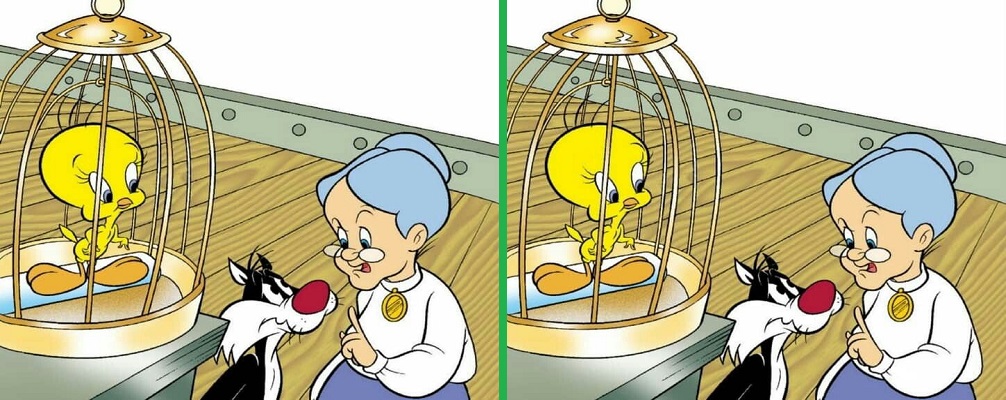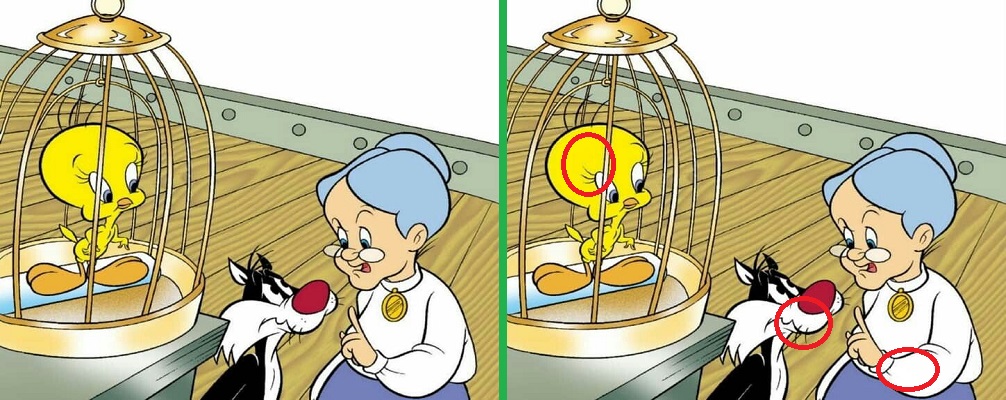The 20-Second Challenge: Optical illusions and visual challenges have the unique ability to captivate and intrigue us. They invite us to engage our powers of observation, concentration, and perception. In this article, we present an exciting challenge that promises a quick burst of fun and cognitive exercise: the 20-second Challenge. Your mission is to identify three subtle differences between two seemingly identical images within a tight timeframe. Are you up for the task? Let’s dive into this stimulating visual adventure.
The Challenge Begins:

Before we commence our 20-Second Challenge, it’s essential to set the stage. We’ve prepared two nearly identical images, carefully designed to make it challenging to spot the variations. The images may feature intricate patterns, intricate scenes, or everyday objects, but the differences are there, waiting to be discovered.
Rules Of the Challenge:
You have 20 seconds to analyze the two images and identify the three differences between them. Pay attention to every detail, no matter how minute. Differences can hide in the most unexpected places. Trust your intuition and quick decision-making skills to spot the disparities. Keep in mind that time is limited, so stay focused, and try not to get too distracted.
Tips for Success:
- Stay Calm: Despite the time constraint, maintaining a calm and composed mindset is crucial. Panicking can lead to missing the differences.
- Scan Methodically: Begin your search systematically, examining one section of the image at a time. Move from left to right, top to bottom, or any pattern that works for you.
- Use Your Peripheral Vision: Don’t focus solely on the central area of the images. Sometimes, differences are hidden in the corners or edges.
- Practice Makes Perfect: The more you engage in these challenges, the better you become at quickly spotting differences.
Solution:

Visual challenges like the 20-Second Challenge are not only entertaining but also great for training your cognitive skills. They demand attention to detail, sharp observational abilities, and quick decision-making. So, have you successfully identified the three differences between the two images within the time limit? Whether you conquered the challenge or are still working on it, remember that practice makes perfect. As you continue to engage in such exercises, you’ll refine your ability to spot subtle distinctions quickly. Keep your eyes keen and your mind sharp – you never know where you might discover hidden surprises in the world of visual illusions.
Next Optical Illusion:

